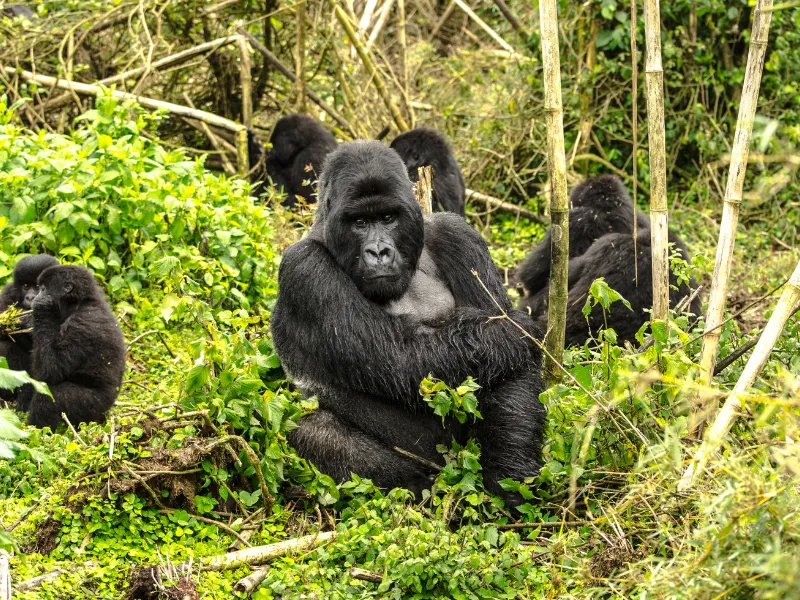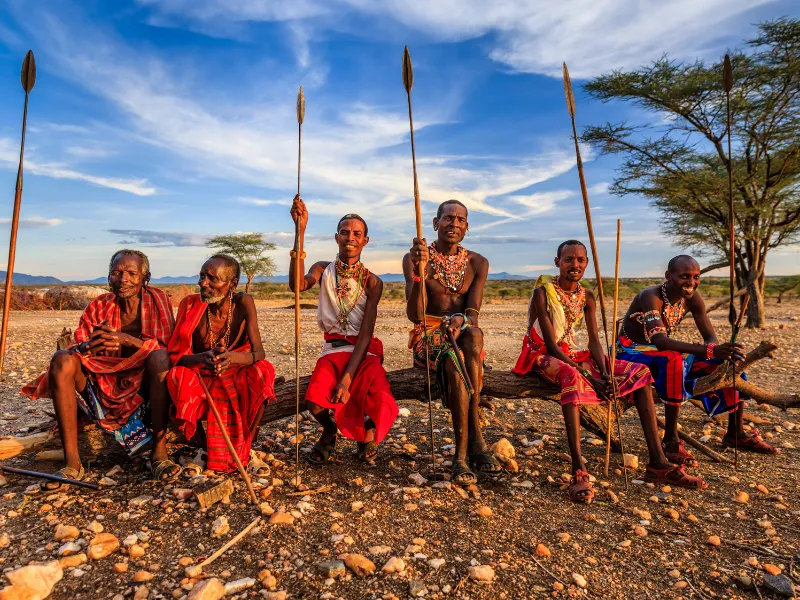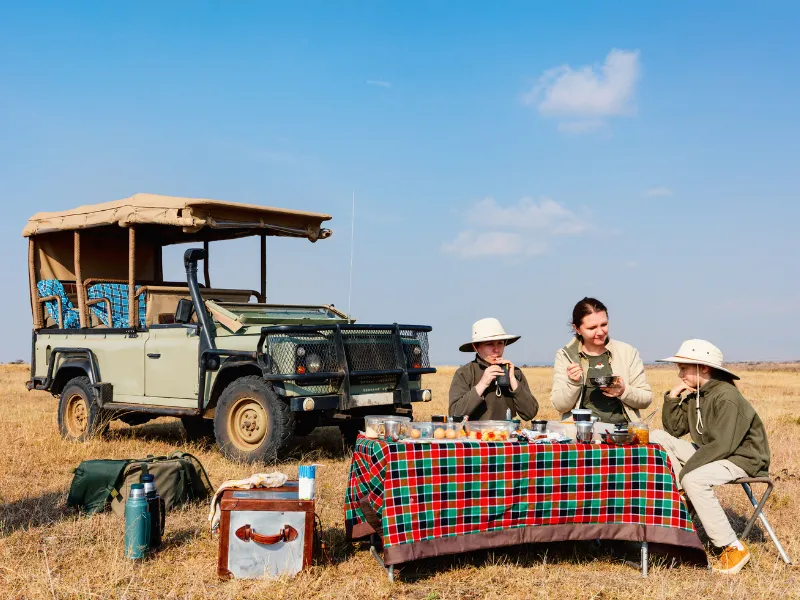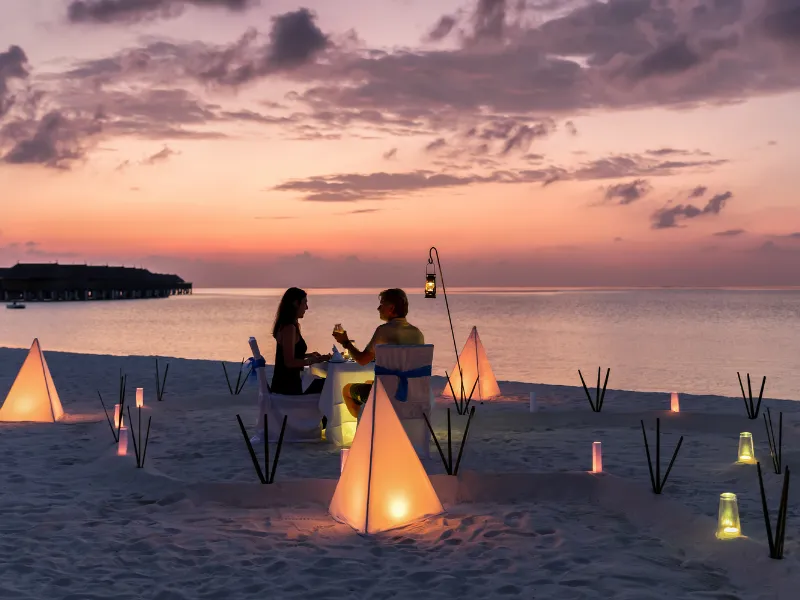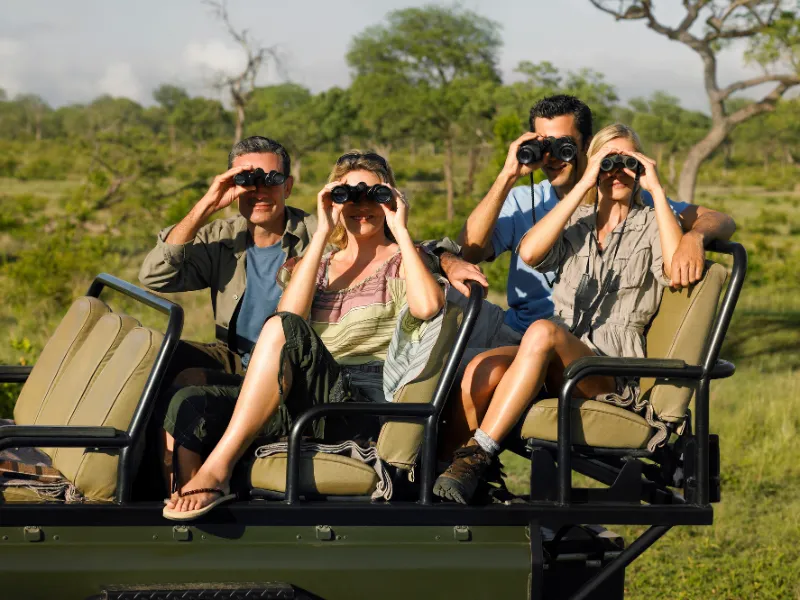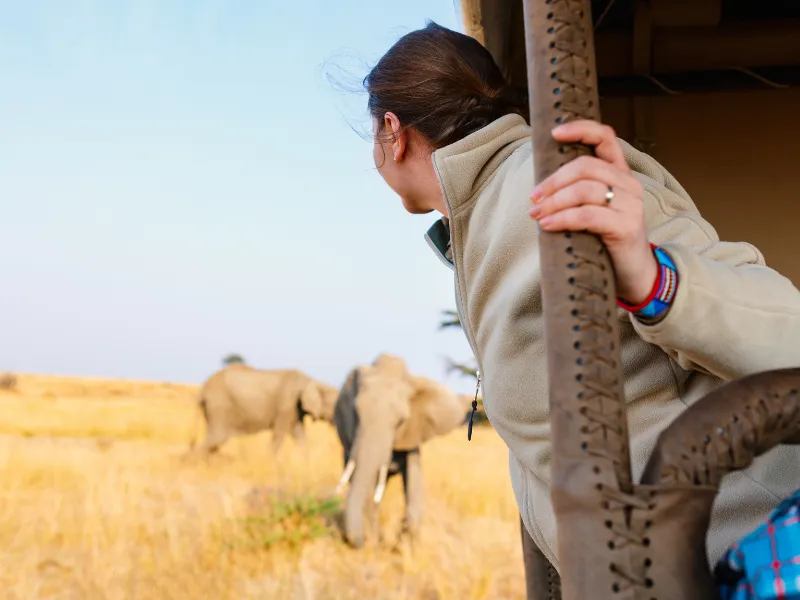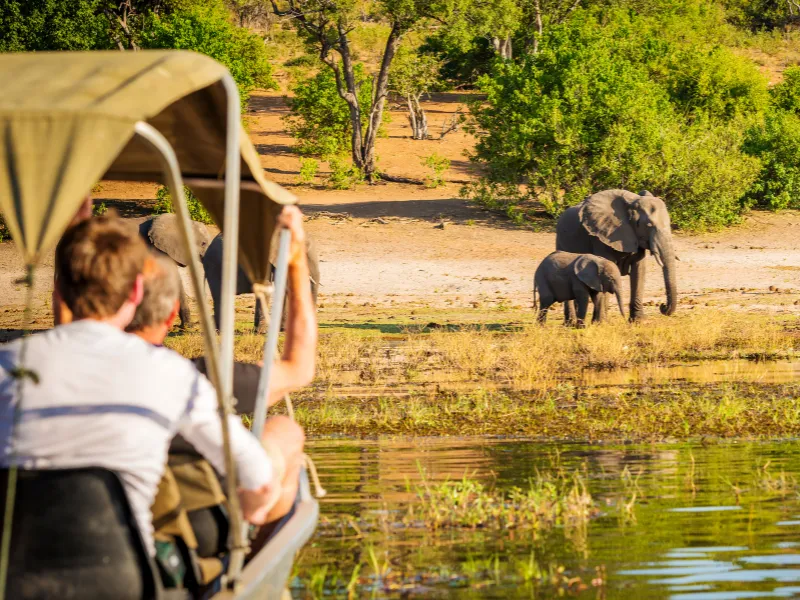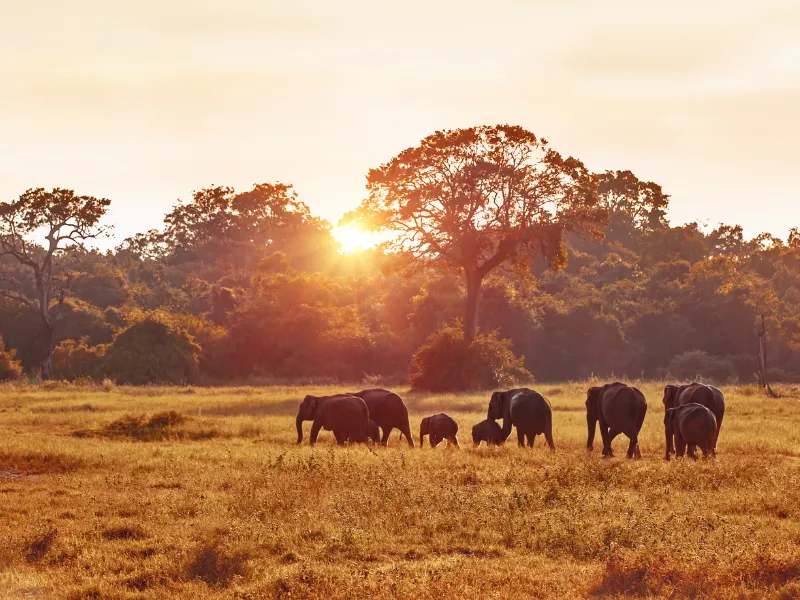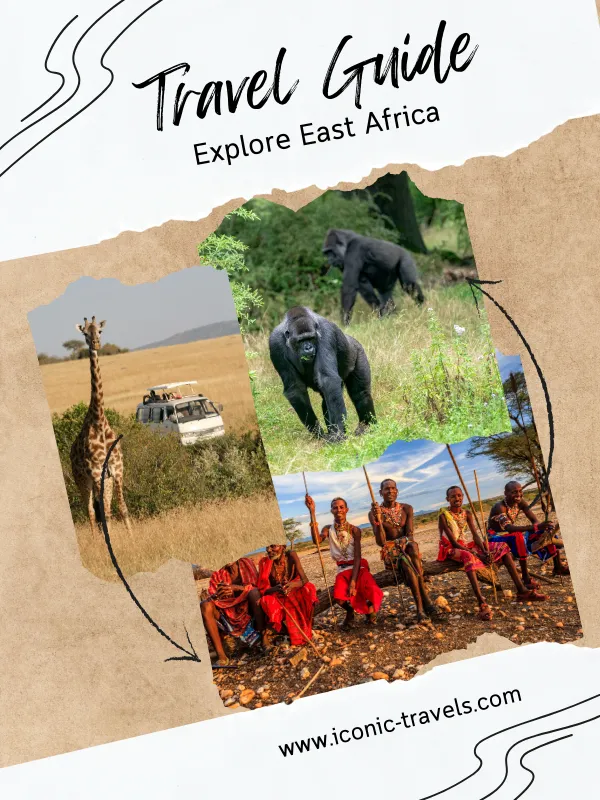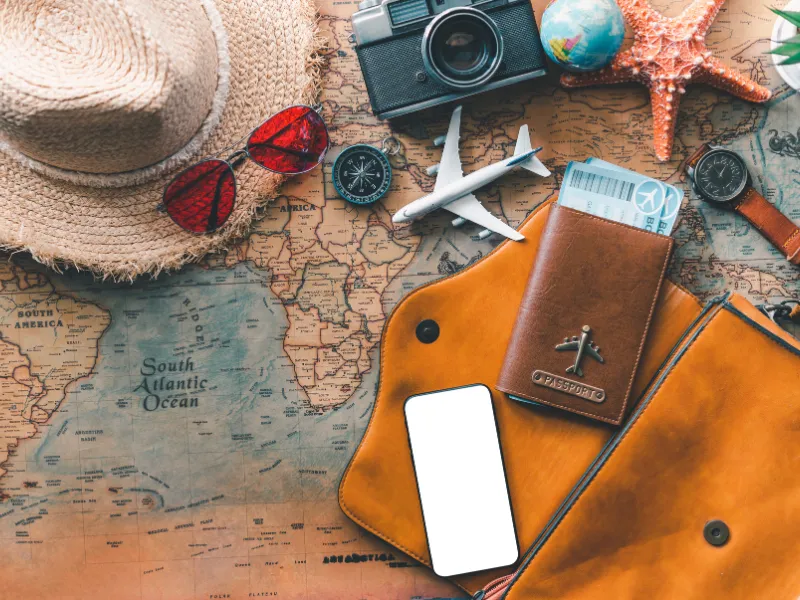The Great Migration
Annually, we expertly match over 100,000 proactive individuals seeking expertise in finance, lending, and claims management with experienced advisors and brokers.
The Great Migration: A Journey Beyond the Crowds
A Spectacle of Scale and Survival
The Great Migration is not merely a single event but a year-round, circular journey of over 1.5 million wildebeest, accompanied by hundreds of thousands of zebras and gazelles, across the Serengeti-Mara ecosystem. It is the largest movement of animals on the planet, a primal display of instinct and survival. While many picture the dramatic river crossings, the true spectacle is a continuous cycle of life, where vast herds fill the landscape as far as the eye can see.
For the discerning traveler, witnessing this event requires a strategic approach. The key to experiencing the Migration on your own terms is to focus on being in the right place at the right time and with a curated level of exclusivity. A private safari allows you to immerse yourself in the drama, whether it’s the frenetic energy of a river crossing or the poignant tranquility of calving season, all without the typical tourist crush.
The Annual Cycle: Where to Be and When
The Migration follows a predictable yet ever-shifting path dictated by the rains and the search for fresh grazing. Each season offers a unique and unforgettable experience.
January to March: The Calving Season (Southern Serengeti, Tanzania): At the beginning of the year, the herds gather on the short-grass plains of the southern Serengeti and the Ndutu area. This is the heart of calving season, a time of renewal where up to 8,000 wildebeest calves are born each day. The landscape is lush and green, creating a beautiful backdrop for photography. While the atmosphere is relatively serene, the drama of life and death is ever-present, as opportunistic predators like lions, cheetahs, and leopards lurk at the fringes, creating intense and uncrowded viewing opportunities.
April to May: The Long Trek North (Central & Western Serengeti, Tanzania): Following the end of the long rains, the herds begin to move north in massive columns, some stretching up to 40 kilometers long. This "green season" is often avoided by casual tourists but is a secret relished by seasoned safari-goers and photographers who enjoy the moody, dramatic skies and empty plains. The herds pass through the central Serengeti and toward the Western Corridor, where the mating season also begins, filling the air with the bellows of rival bulls.
June: The Grumeti River Crossings (Western Serengeti, Tanzania): As the dry season returns, the herds congregate in the Western Corridor, facing their first major obstacle: the Grumeti River. While smaller and less predictable than the Mara River crossings, these events are thrilling, with portions of the mega-herd braving the crocodile-infested waters. Because this area is mostly private reserve land, the Grumeti crossings can be witnessed in exclusive privacy.
July to September: The Great Mara River Crossings (Northern Serengeti & Maasai Mara): By early July, the wildebeest reach the far north of the Serengeti and the banks of the Mara River. The world-famous Mara River crossings, with their heart-pounding drama and thousands of animals plunging into the water, typically begin in July and peak in August. This is considered the "Greatest Show on Earth" and is a central draw for safari enthusiasts. While this is the busiest time of year, with numerous vehicles at popular crossing points, a private safari offers the flexibility to seek out quieter crossing spots and unique vantage points.
October to December: The Return South (Central & Southern Serengeti, Tanzania): As the short rains begin to fall in the Serengeti, the herds sense the change and turn south, re-entering Tanzania and beginning their long journey back to the southern plains. By October, the Maasai Mara is largely emptied of the migrating herds, and the Serengeti becomes a "sweet spot" with excellent wildlife viewing and fewer crowds after the high-season rush. By the end of December, the cycle completes as the animals arrive back in the Ndutu and southern Serengeti area, ready for the new calving season.
Calving vs. Crossings: Choosing Your Moment
The decision of when to go often comes down to a choice between two very different experiences.
The Calving Season (January-March) is defined by tranquility and intimacy. It is a time of renewal and poignant moments, where you can watch a wildebeest give birth or see wobbly-legged calves take their first steps. With fewer tourists and lower prices, game drives are less rushed, and you can truly immerse yourself in the environment. For photographers, the combination of lush green landscapes and dramatic skies is a paradise. This is the ideal choice for those who prioritize a crowd-free, profound experience.
The Mara River Crossings (July-September) are the "Hollywood" version of the Migration, offering an adrenaline rush and heart-pounding action. These events are unpredictable, but the reward is immense. However, this is also the high season, and popular crossing points can be congested. A private safari mitigates this by allowing your guide to position the vehicle away from the masses, ensuring a more personal vantage point. The concentration of big cats also peaks at this time, providing excellent predator-prey viewing opportunities.
The Art of Exclusivity: How to Avoid the Crowds
The key to a crowd-free Migration safari is to move against the flow of mainstream tourism.
Private Conservancies and Mobile Camps: In both Kenya and Tanzania, opting to stay in private conservancies and mobile camps is the single biggest step toward an exclusive experience. These areas strictly limit visitor numbers, ensuring that game drives are intimate and unhurried. Critically, they also permit activities forbidden in the public parks, such as off-road driving, night drives, and guided walks, offering a far more immersive adventure. Many camps, such as Olakira Camp or &Beyond's Serengeti Under Canvas, are specifically designed to be mobile, allowing them to follow the herds and position you right in the heart of the action.
Private Guides and Vehicles: An expert private guide is the most important factor in a superb safari. They can anticipate herd movements and position you at a lesser-known crossing point, allowing you to witness the spectacle with minimal other vehicles. With a private vehicle, you have the freedom to set your own schedule, from departing before sunrise to staying out past sunset, ensuring you are never rushed.
Strategic Timing: You can also use timing to your advantage. Consider traveling in the shoulder months of early July or late September, when great wildlife viewing is still possible but tourist numbers have yet to peak or have begun to taper off.
Tailoring Your Migration Safari
A private migration safari is defined by its ability to be customized for any interest.
For Families: The calving season is a fantastic choice for families, as the atmosphere is calmer and game drives can be shorter and less rushed. Many lodges offer "Mini Ranger" programs and activities for children, but it is important to note that many camps have a minimum age requirement, typically between 6 and 8 years old. A private vehicle is essential for families, allowing for a flexible schedule that accommodates the needs of children.
For Photographers: The ability to have a private vehicle and guide is a game-changer. Photographers can control the timing and positioning to take advantage of the golden hour light, and off-road driving in private conservancies allows for optimal angles and close-up shots. It is recommended to bring a long lens (400mm or more), a second camera body with a wide lens for capturing the scale of the herds, and a fast shutter speed to freeze the action. Some camps, like Mara Plains Camp, even provide professional camera bodies and lenses for guests to use.
For Honeymooners: A migration safari can be an incredibly romantic experience, particularly when prioritizing privacy. Small, intimate camps or private mobile camps provide seclusion, and many lodges can arrange private dinners in the bush or on a secluded verandah. Hot-air balloon safaris at dawn are an iconic and romantic way to view the migration from above, complete with a champagne breakfast upon landing.
Your Home in the Bush: A Curated Selection of Top Camps
To experience the Migration without the crowds, your choice of camp is paramount.
Mara Plains Camp (Kenya): Located in the exclusive Olare Motorogi Conservancy, this intimate camp offers top-notch guiding and an uncrowded safari experience. It includes unique amenities like professional Canon cameras and binoculars for guest use. Mara Plains Camp welcomes children aged 8 and older, with a family suite available.
Angama Mara (Kenya): Perched on the Oloololo Escarpment, this lodge offers stunning views and a flexible, private safari experience. It is very family-friendly, with a "Mini Ranger" program and welcoming children aged 6 years and older. Families with children aged 0-6 are required to reserve a private vehicle.
Singita Serengeti (Tanzania): The lodges within the private Grumeti Reserve, such as Singita Sasakwa and Singita Faru Faru, offer an unparalleled level of luxury and exclusivity. Game drives are exclusive to Singita guests, ensuring an uncrowded experience. These lodges are exceptionally family-friendly, welcoming children of all ages.
Oliver's Camp (Tanzania): Located in a remote region of Tarangire National Park, this camp is an excellent choice for a private safari for those seeking a more authentic, less-crowded experience. It is known for its walking safaris and night drives inside the national park, which are rare perks. Oliver's Camp welcomes children from around age 5-6.
Health and Wellness on Safari
A well-planned safari includes a thorough consideration of health and wellness. Malaria is a primary concern, and while all Big Five areas have some risk, higher-altitude and drier areas like Kenya’s Laikipia and the rim of the Ngorongoro Crater are considered low-risk zones. All travelers are strongly advised to consult a doctor and take anti-malarial prophylaxis. It is also recommended to be up-to-date on routine vaccinations, including those for Hepatitis A, Hepatitis B, and Typhoid, and to carry your Yellow Fever vaccination certificate, which is mandatory for entry into many East African countries. Comprehensive travel insurance that covers medical emergencies and evacuation is a critical investment for remote travel.
Conclusion: The Unforgettable Freedom of a Private Safari
The Great Migration is a transformative journey that redefines the notion of luxury travel. By choosing a private safari, you gain exclusive access to the most pristine wilderness areas and the undivided expertise of a world-class guide. This level of customization allows for an experience that is precisely tailored to individual desires, whether that involves a focus on photography, a family-friendly itinerary, or a journey with a specific conservation emphasis. It is a journey of profound personal connection to the land, to the wildlife, and to one's own sense of wonder. The flexibility, exclusivity, and personalized nature of a private safari leave an indelible mark, making it a truly unforgettable way to experience the magic of the African continent.
Ready to Explore More?
Our travel experts are ready to start creating your customized trip.
Destinations
Company
Follow Us
© 2025 Iconic Travels. All Rights Reserved.


